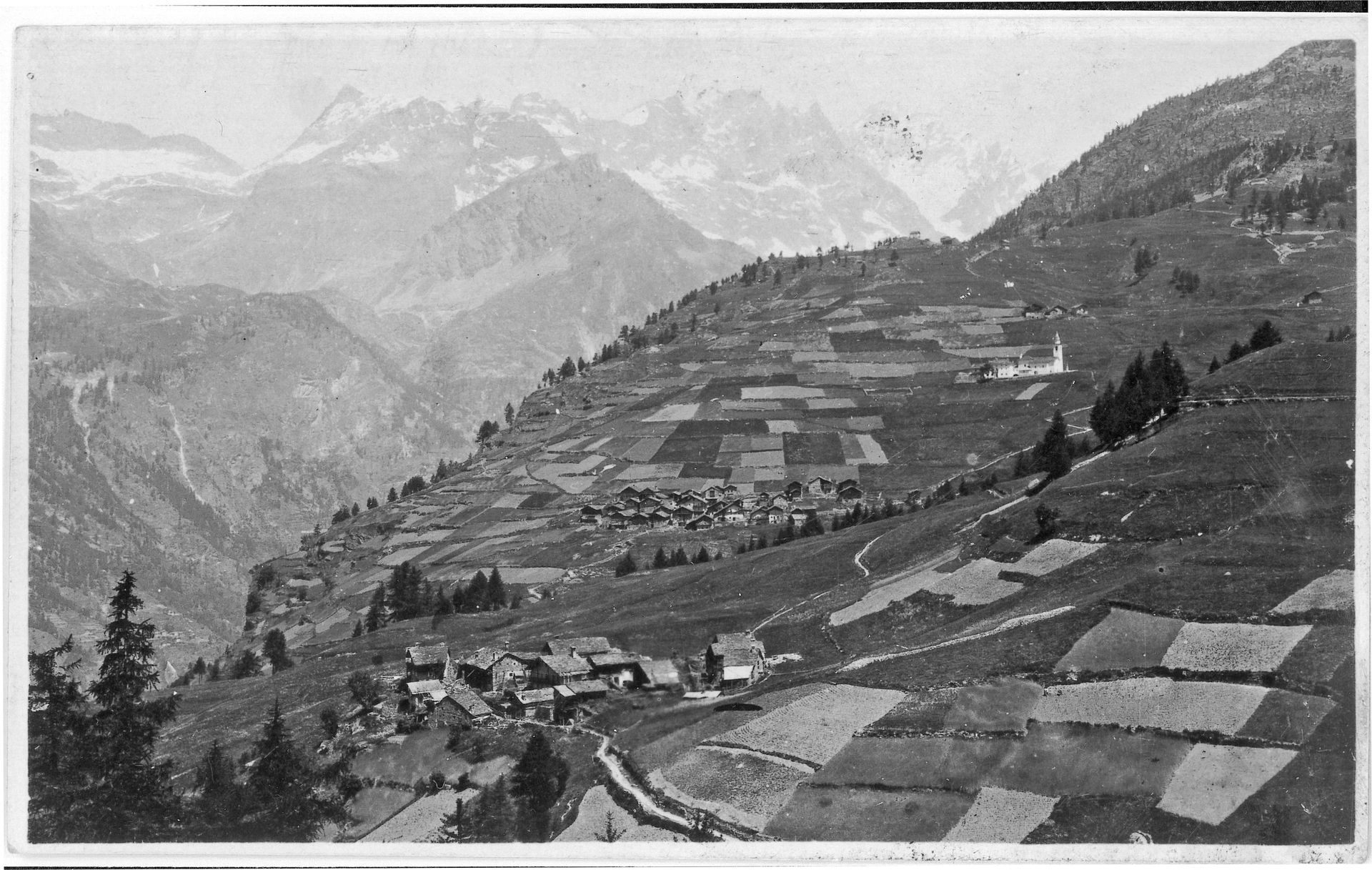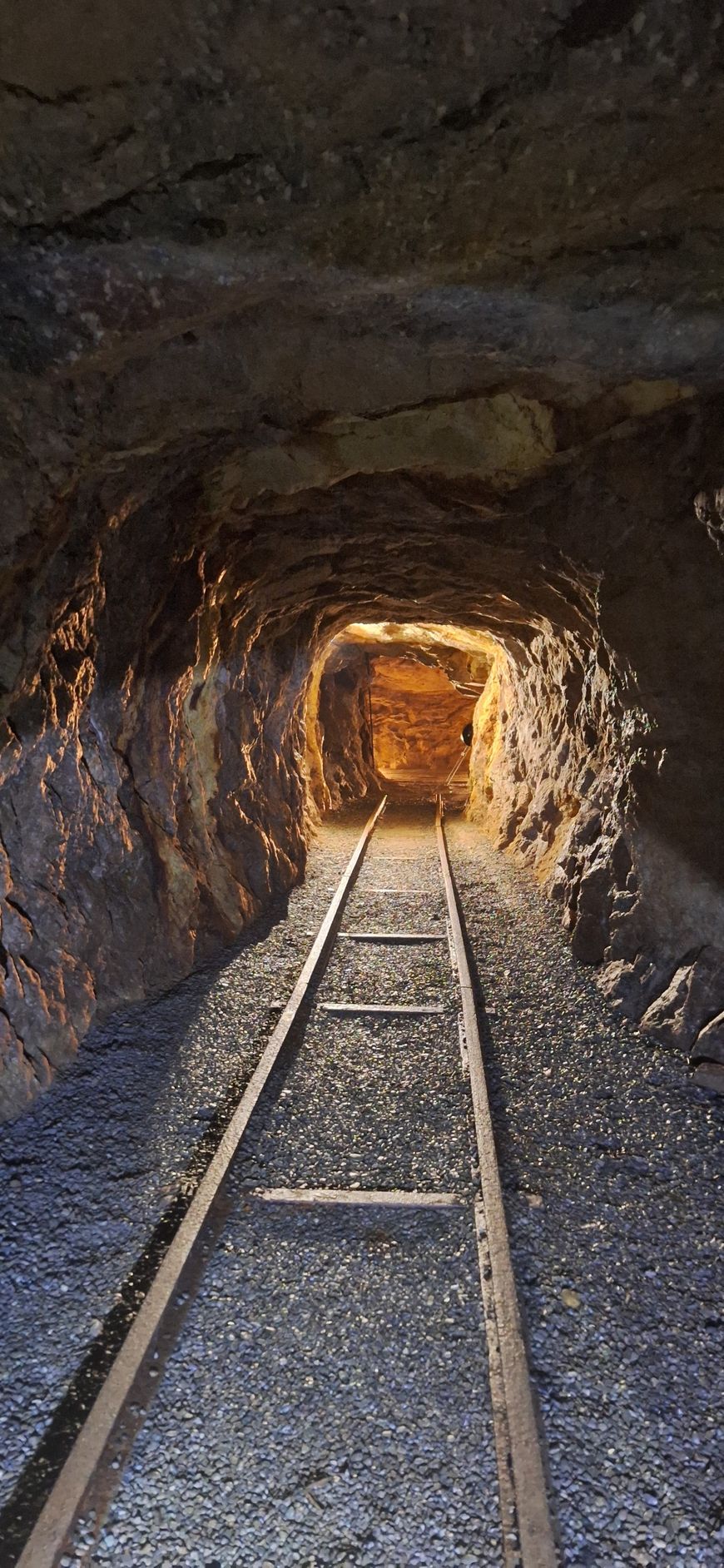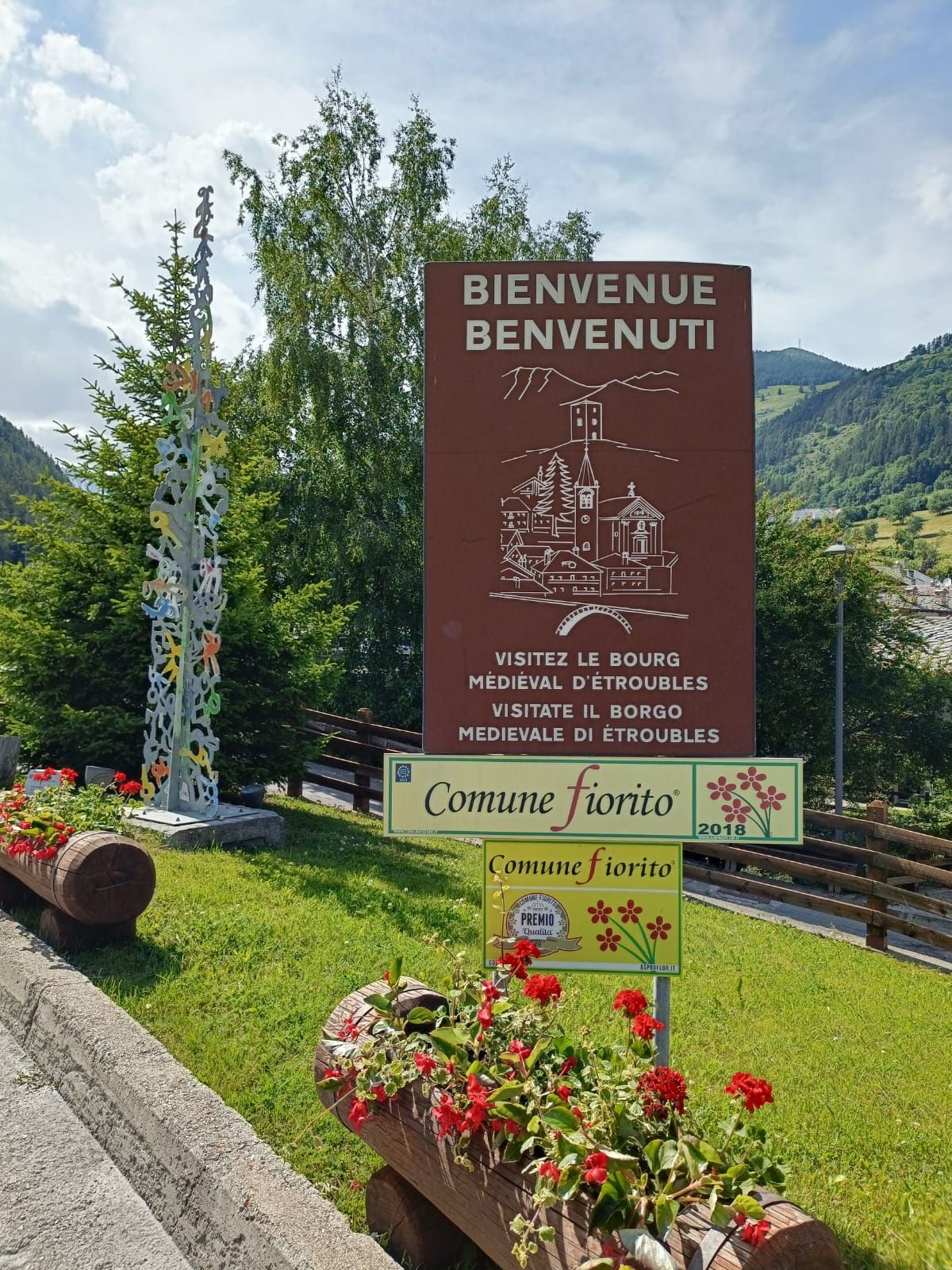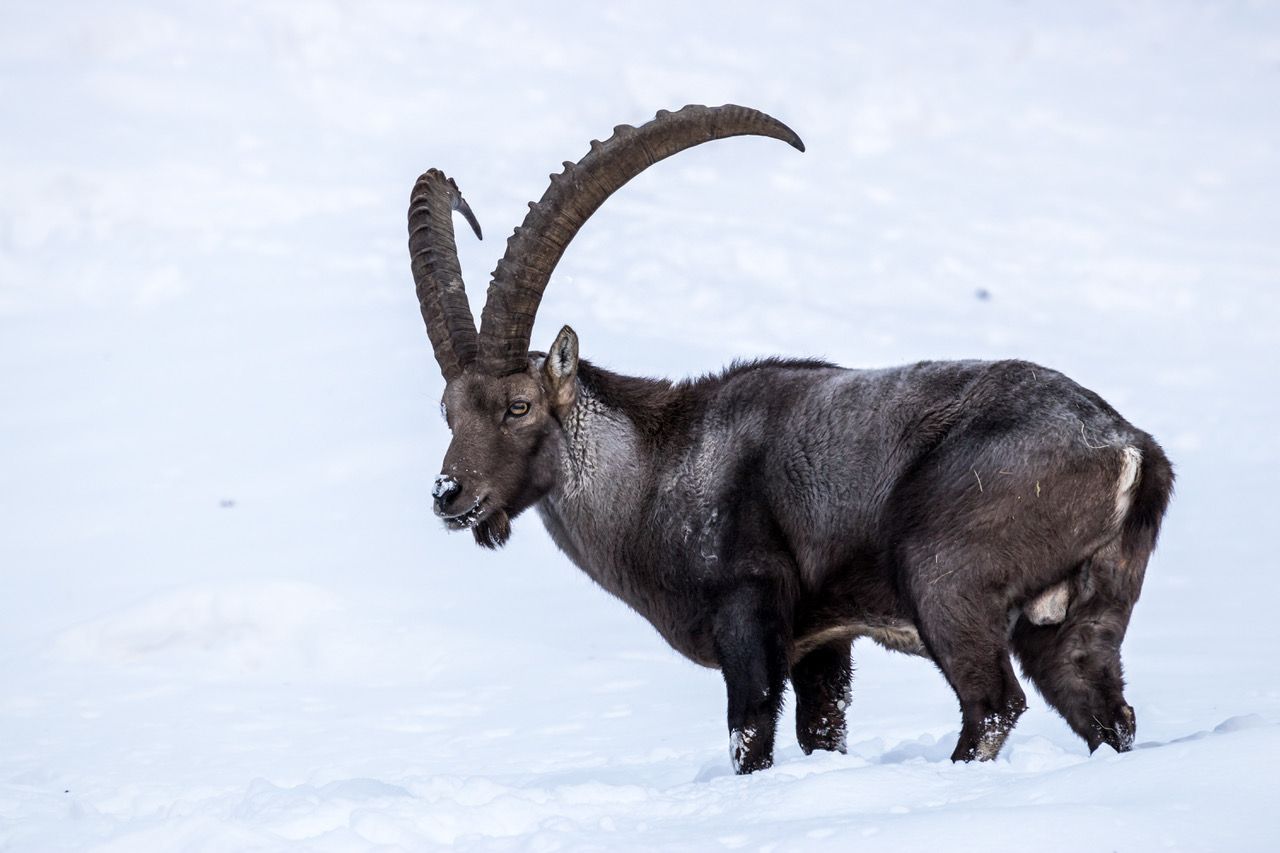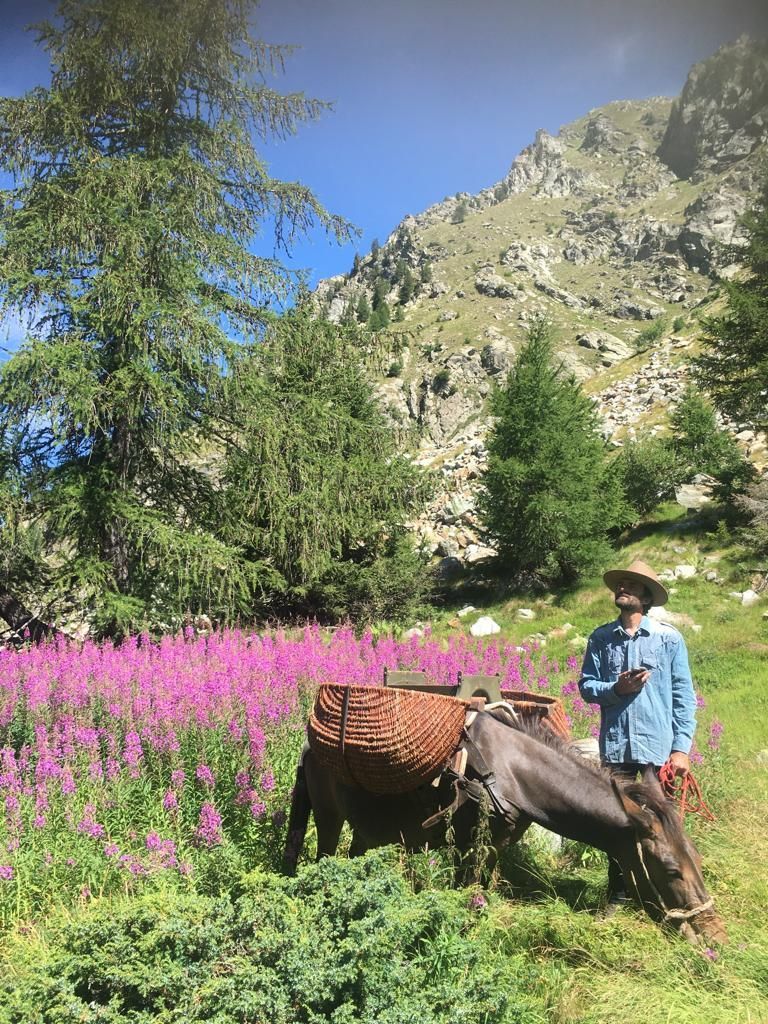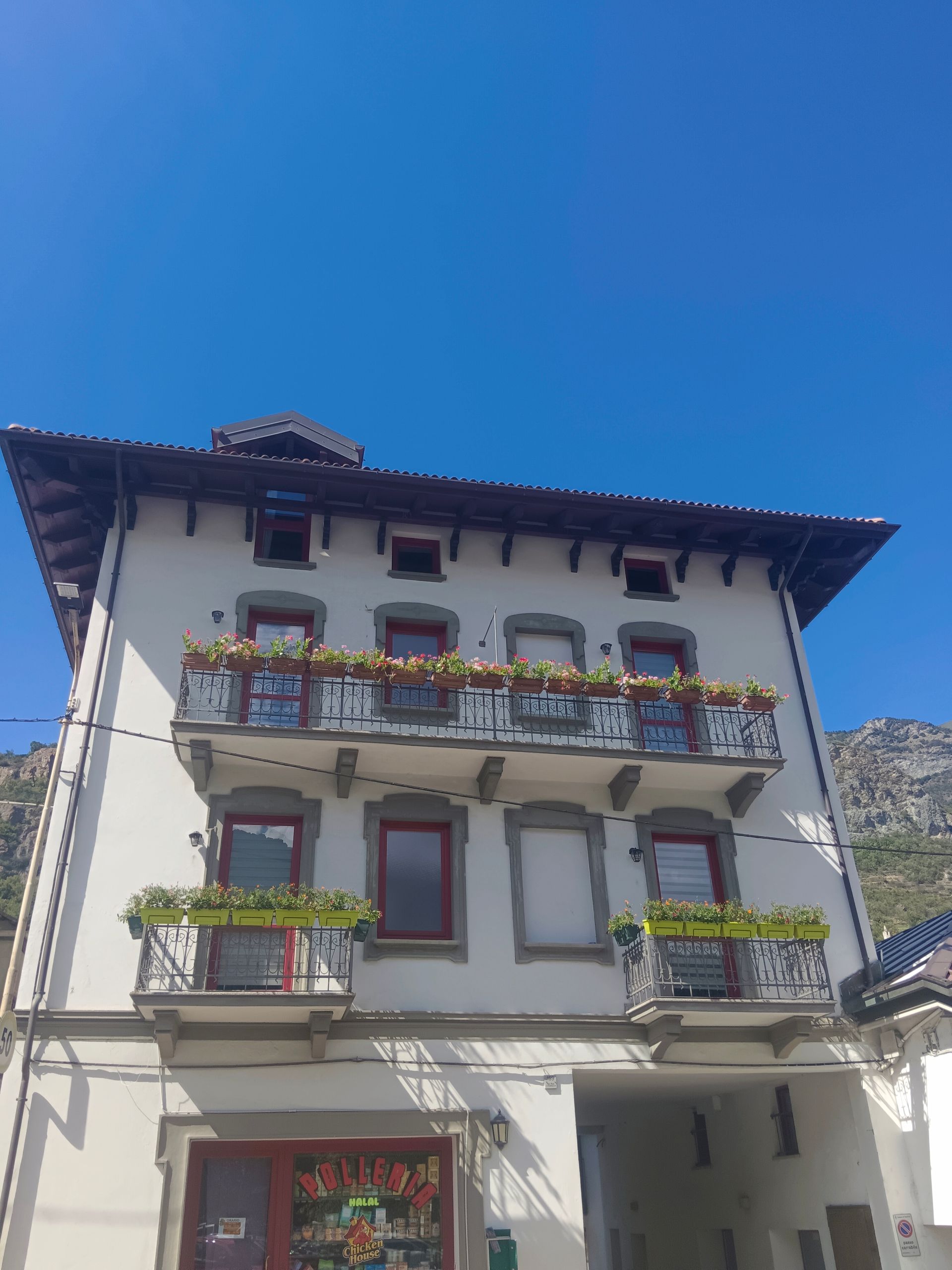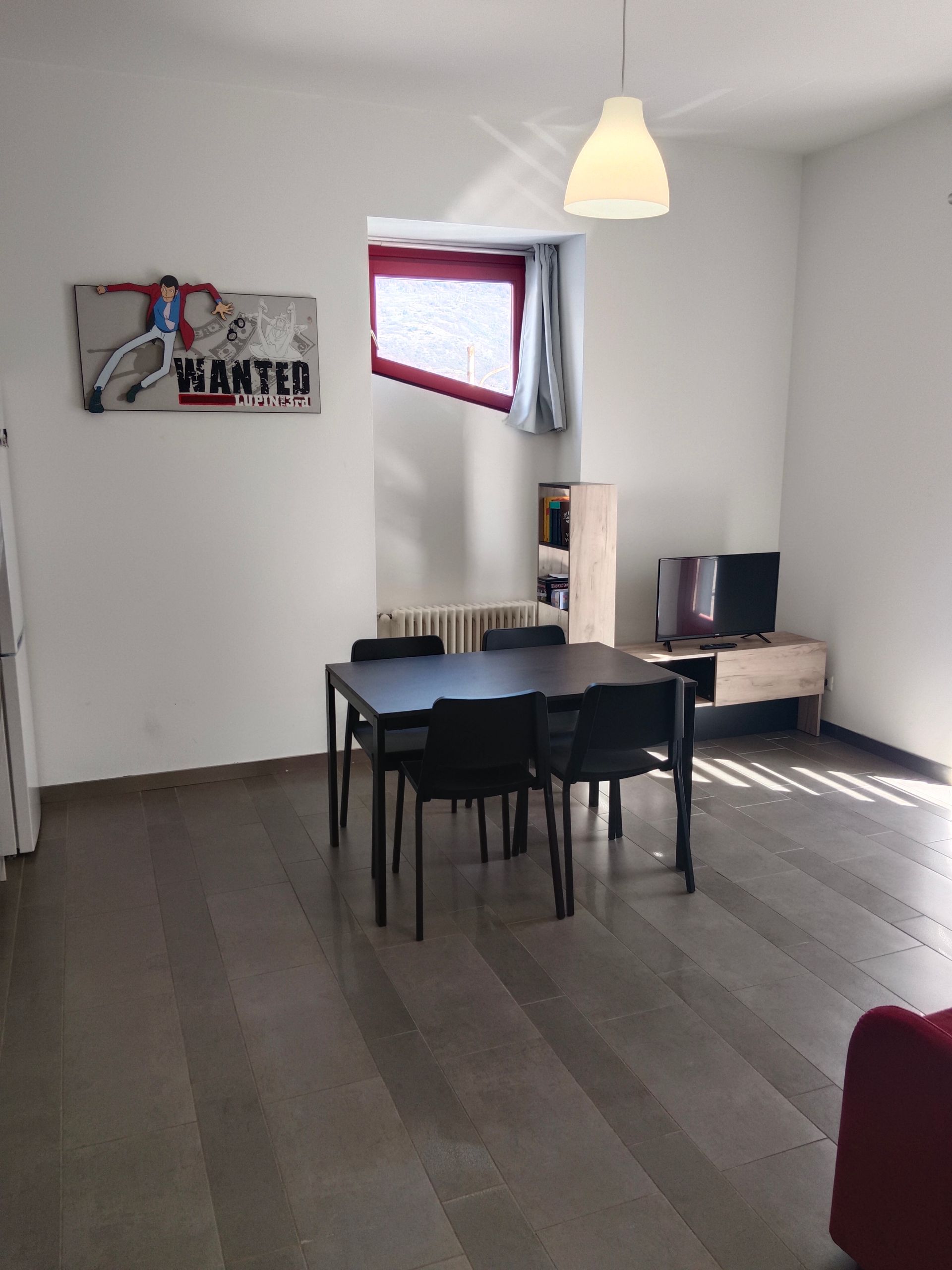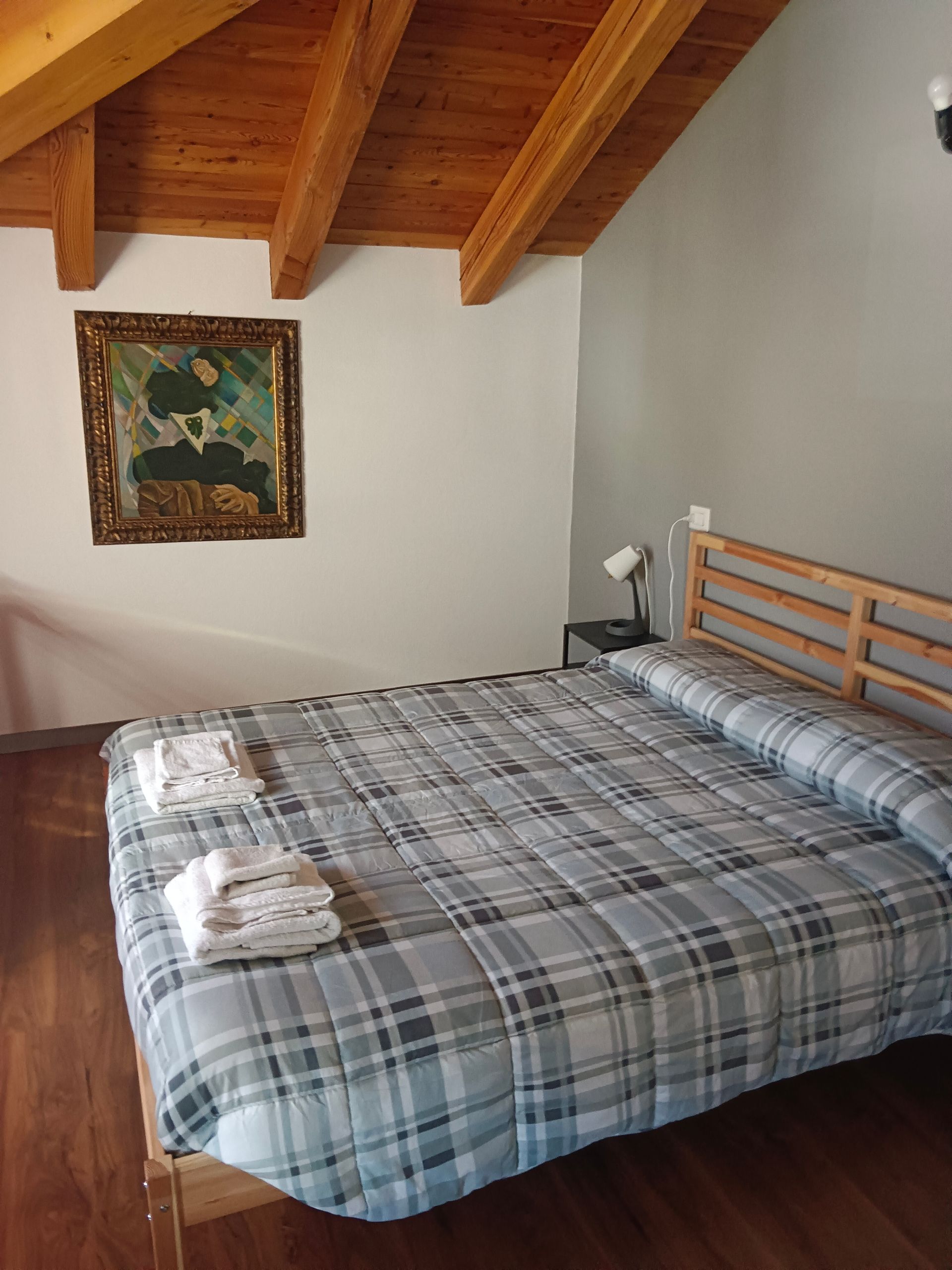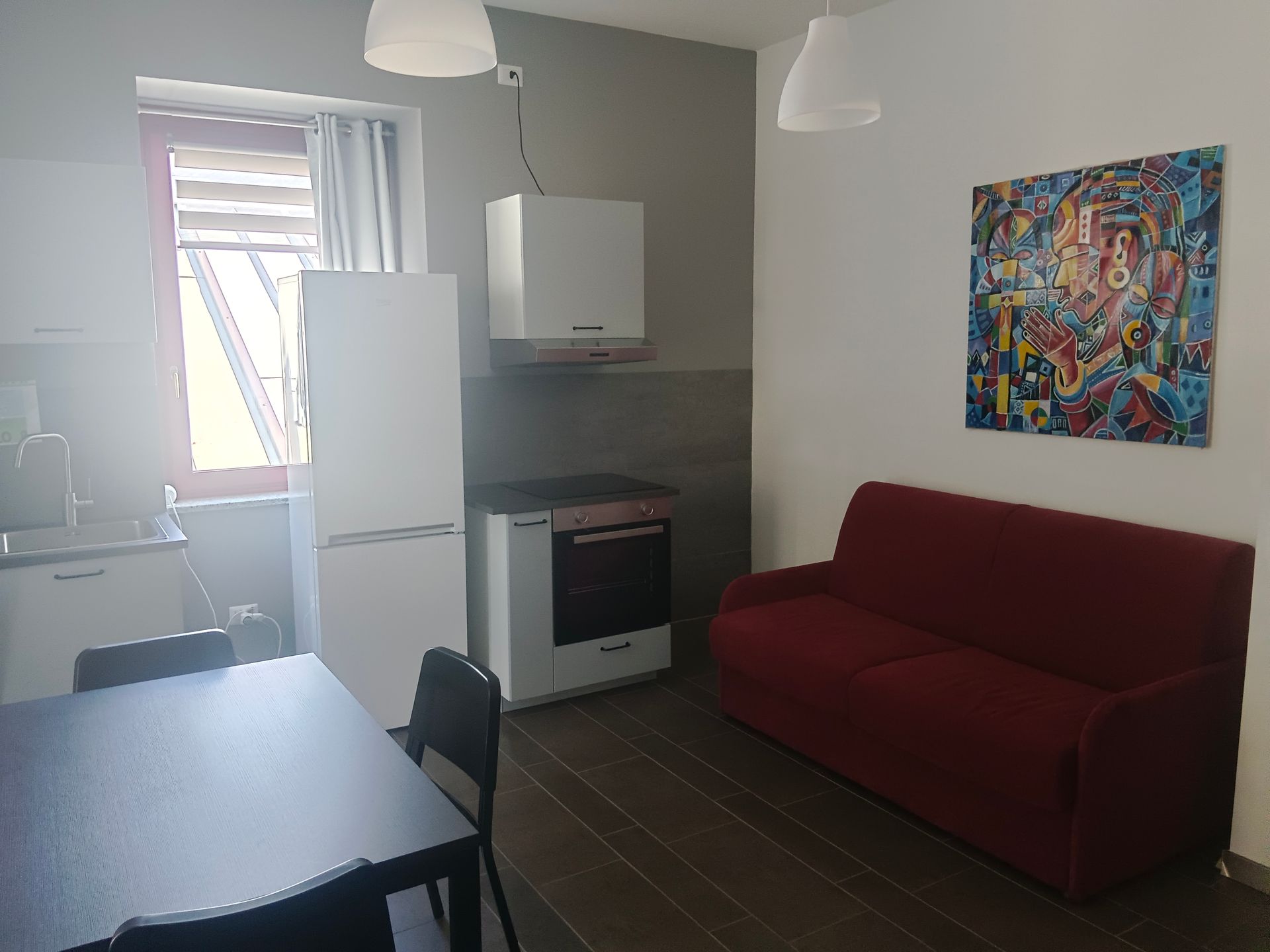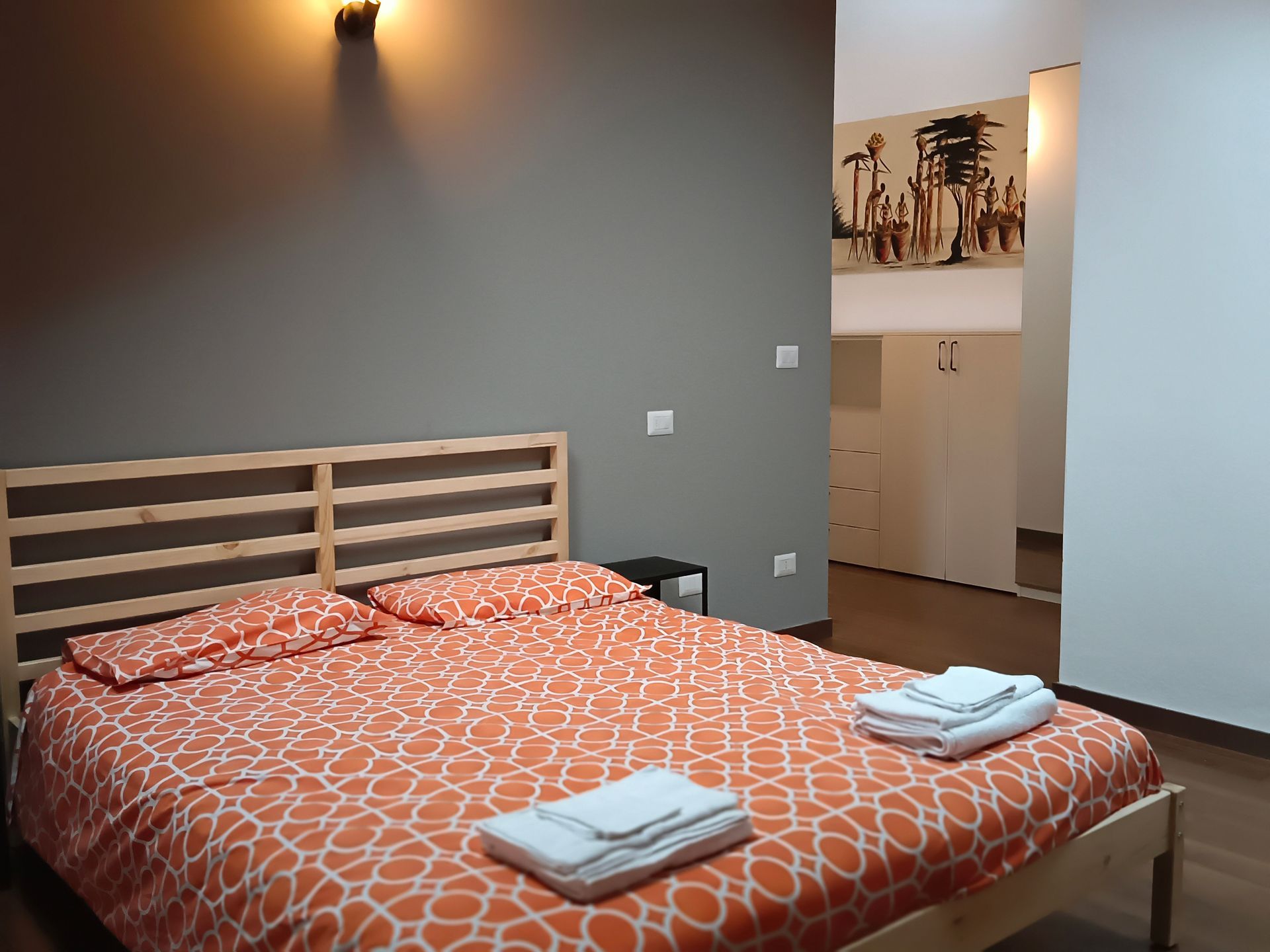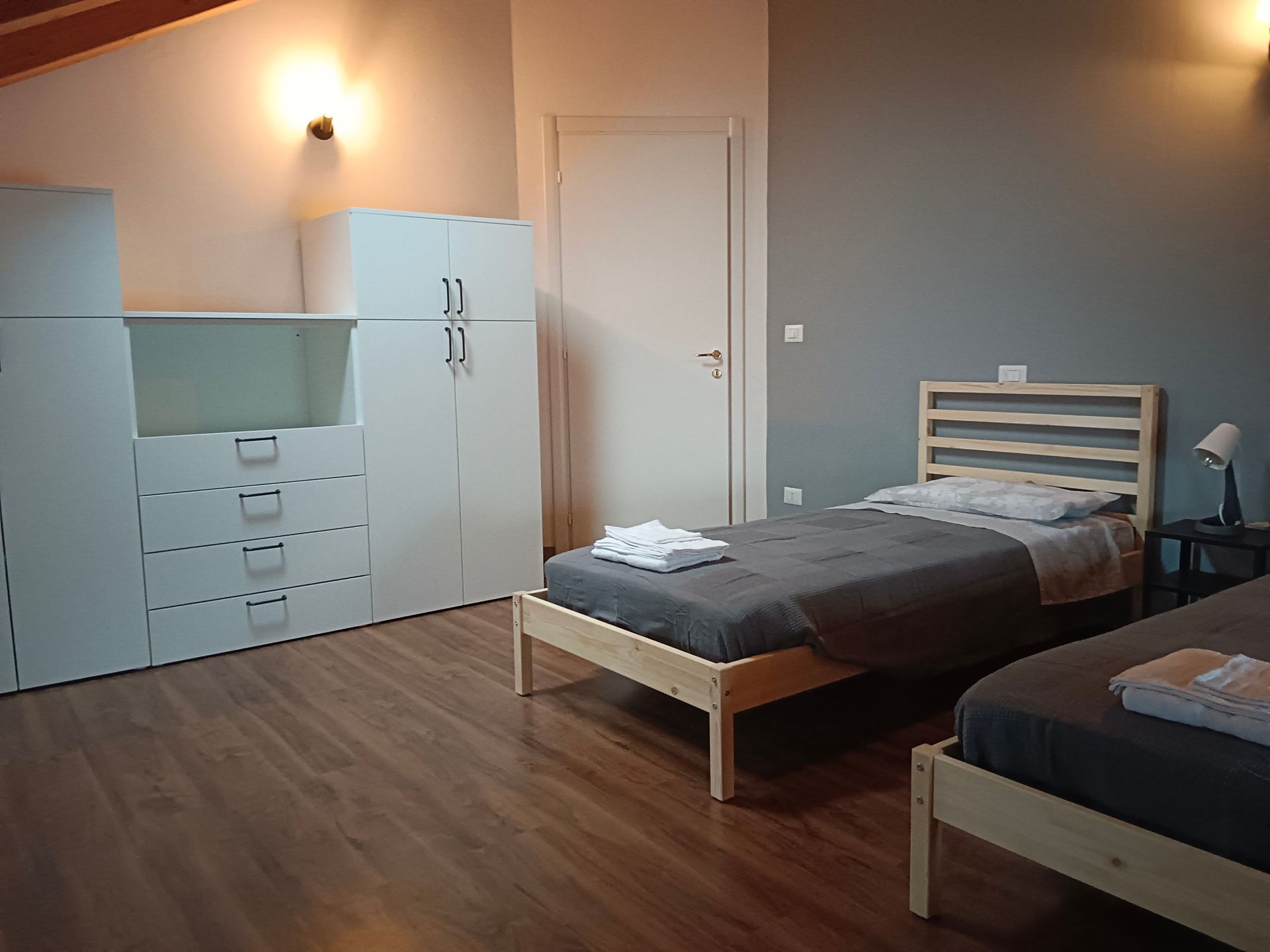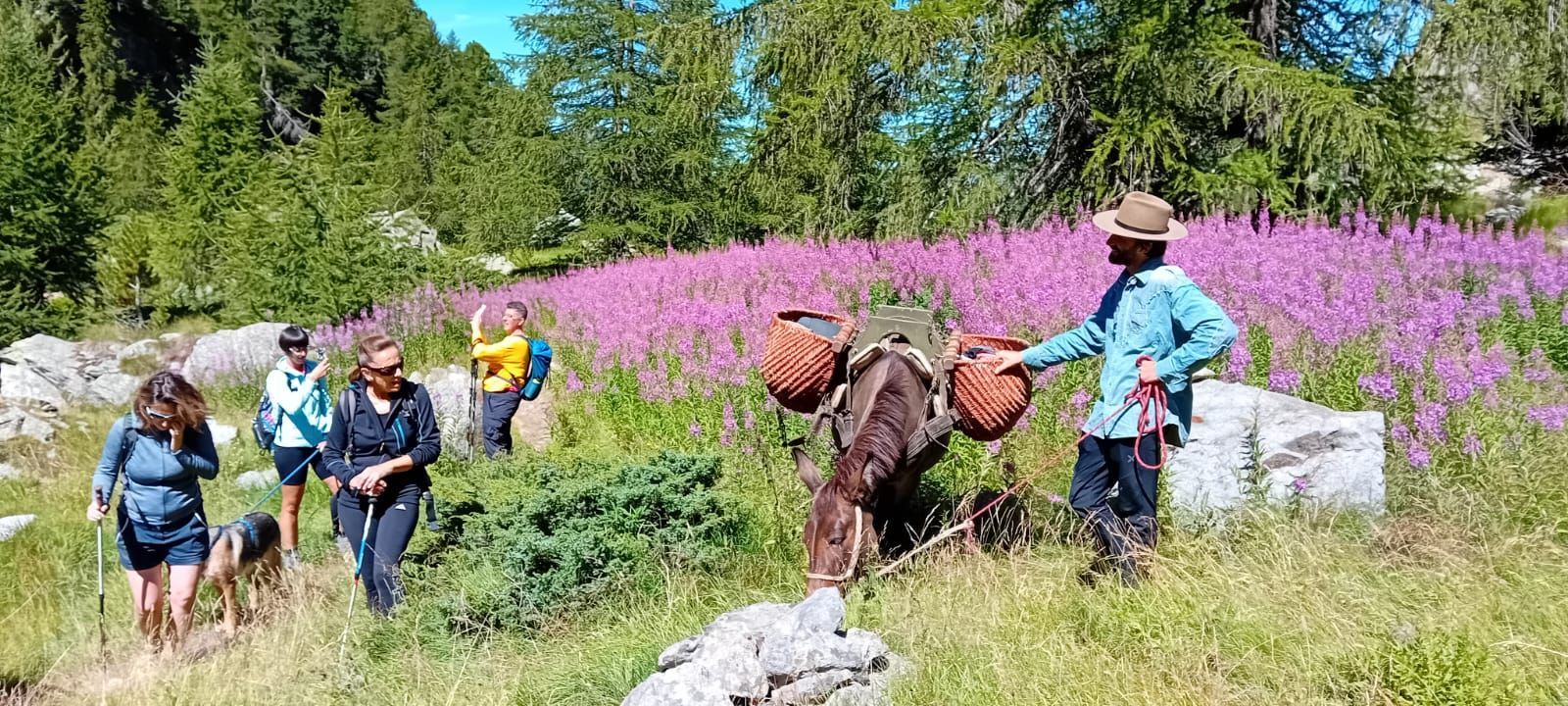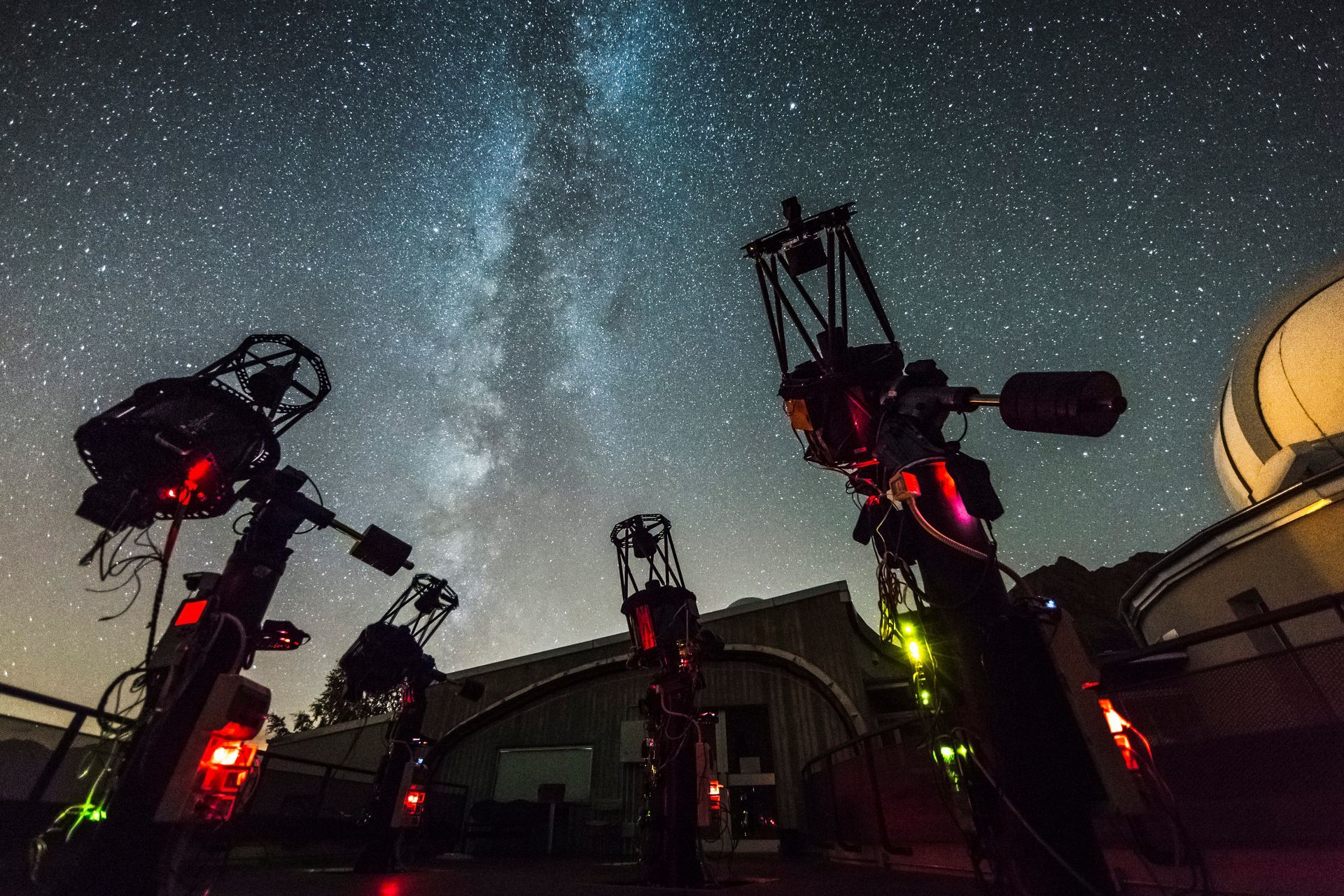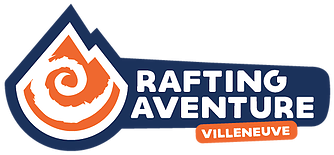Aosta Valley: 5 places to visit this summer
Summer has also arrived in the Alps of the Aosta Valley, which like every year is ready to host tourists from all over the world attracted by the friendly nature and the serenity that every village, peak and valley can convey.
After the previous blog article which told about the summer events of 2024, we have decided to suggest 5 places + 1 that deserve to be visited during your next summer holidays.
Each with numerous opportunities related to excursions, fun and learning, hidden between the lines of the article.
Enjoy the reading.
1 Chamois, the pearl of the Alps
Chamois is an intact mountain oasis, part of a small network, Alpine Pearls, which currently brings together only 19 Alpine locations in Europe, characterized by sustainability and gentle mobility.
Nestled among the mountains at 1816 meters above sea level and surrounded by streams, lakes and pastures, Chamois has been the only municipality in Italy since 1955 to be completely free of motorized traffic, accessible only via the cable car from Buisson or via panoramic paths that can be explored on foot. by bicycle or on horseback.
Passage point of the Great Matterhorn Balcony, during the summer visitors can explore numerous hiking routes that wind through flowering meadows and centuries-old woods, enjoying breathtaking views of the surrounding mountains. Chamois graze on the meadows but there are also roe deer, foxes, marmots and ibex while in the skies you can spot the bearded vulture, the black grouse and, with a bit of luck, the golden eagle.
Among the iconic places of Chamois is Lake Lod, an ephemeral and crystalline body of water on whose banks there are picnic areas, bars and restaurants. We also find the "Point Sublime", a breathtaking panoramic point over the upper Matterhorn Valley at 2520 meters above sea level, reachable through an excursion of a couple of hours or by chairlift during the high seasons.
What makes Chamois special, in addition to the nature and complete serenity, is the architecture of its village: there are still numerous "rascards", functional rural buildings that present a typical Alpine style also found in French-speaking Switzerland and Savoy: stone base and top wooden upper section separated by columns designed to defend the crop from pests.
In Chamois, the terraced land on which chamois now graze bears witness to its agricultural past: rye, barley and oats supported its community despite the high altitude, thanks to the talent of the farmers. There were three mills, of which the one in Corgnolaz has been recovered, and there are three community bakeries, of which two are operational, in Corgnolaz and Suisse: the production of rye bread represents an excellence that makes Chamois the protagonist of the annual festival cross-border “Lo Pan Ner” involving traditional ovens from France to Slovenia.
Lastly, the first Italian altiport was built in Chamois, from which it is possible to take panoramic flights towards the Matterhorn and take flying lessons.
More information
2 Brusson and the gold mine
Near Brusson there is the Chamousira gold mine, the most important in the Aosta Valley, whose discovery dates back to 1899.
The visits with environmental hiking guides to discover these underground worlds, works of ingenuity but also of effort on the part of the miners who created them, are organized according to different types of routes:
CLASSIC GOLD MINE: a real dive into the past to learn about the geology and distribution of the gold veins, the organization and techniques of gold extraction, curiosities and stories of the hard life of the miners who worked for centuries in these mines
GOLD MINE ADVENTURE: the visit, exclusively underground, will allow you to explore two levels of extraction, safely traveling along poorly lit sections, exciting passages and places from the original ground. The passage between one level and another takes place along the Descentria, an inclined section that the miners already used to move between the levels of the mine.
GOLD MINE TREKKING: unmissable stops on the approach to the mining site are the entrance to the Pozzo Maggiore, the entrances to the highest levels which cannot be visited today, the rocky outcrops, the top of the cliff from which you can enjoy a breathtaking view of Brusson and of the Ayas Valley.
A NIGHT IN THE MINE: when the sun sets the adventure begins: in the company of a specialized environmental hiking guide you will discover the nocturnal face of the mines equipped with a headlamp and with a little help from the moon and stars!
More information:
https://www.mine-experience.com/
3 Étroubles, open-air museum
The medieval village of Étroubles, in the Gran San Bernardo valley, has become a true open-air museum since 2005. It hosts works by contemporary Italian, French, Swiss and of course Aosta Valley artists.
"À Étroubles avant toi sont passés" is the title of the permanent exhibition which winds through the cobbled streets, the colorful flowers and the architecture of the enchanting village located at 1270 meters along the Via Francigena in the Aosta Valley.
Along the route you can admire wooden, metal and stone statues, pictorial works and murals that dialogue with the history of Étroubles, made up of splendid fountains, ancient houses in local stone, and the nineteenth-century church with its frescoes and large bell tower fifteenth century.
There are also two museums that can be visited:
-the Latteria turnaria of 1853. The first social dairy in the Aosta Valley where fontina and butter were produced until 1988, today it is a valuable example of rural architectural recovery which houses a museum which illustrates the various phases of Fontina processing.
-the Bertin Hydroelectric Power Plant built in 1904 by Mrs. Josephine Bertin of Étroubles who had lived for a long time in Paris and where she learned to produce energy through water.
Recovered to new life through the eco-museum setup, this building today tells us, through the small revolutions of daily life, what the transition to modernity was for the rural communities of these valleys.
Visits to the village and museums can be carried out independently by downloading the Etroubles app https://www.visitetroubles.it/flyer/
Any accompanied guided tours must be requested in advance, as they are carried out by volunteers.
Info Biblioteca di Etroubles
Ph: +39 0165 78308 or +39 3281003031
biblioteca@comune.etroubles.ao.it
4 Parc Animalier d'Introd, a wildlife park in the Alps
Parc Animalier Introd is the first and only wildlife park in the Aosta Valley.
Located in the Gran Paradiso valley, it is an ecosystem where multicolored flora and animals typical of the Alps can be heard and observed up close by adults and children.
As on a real safari, there are various animals that can be spotted: ungulates such as ibex, chamois, roe deer, deer and wild boar; birds of prey such as the eagle owl, the snowy owl, the tawny owl, the barn owl and the golden eagle. And also marmots, hares, foxes, badgers, squirrels and jays.
The lakes are inhabited by trout, Arctic char, Alpine frogs and crayfish.
Among the floristic species, well marked through explanatory signs, are the Edelweiss, Lupines, Carnations, Lilies, Yarrow, Houseleek, Asphodel.
Along the route, which can be done independently, there are picnic areas located in areas equipped with small playgrounds. There are also safe waiting areas for 4-legged friends who, for obvious reasons, cannot access.
Organized trips in the park lasting approximately two hours are organized for groups of at least 20 people.
At the end of the visit it is also possible to explore activities such as the woodworking demonstration, the visit to the Introd Castle, or the ancient rural house Maison Bruil.
More information
https://www.parc-animalier-introd.it/
5 The Aosta Valley at the cinema: discovering "The Eight Mountains"
For cinema lovers, it is above all a work that has made the Aosta Valley famous in the recent past.
“The Eight Mountains” film adaptation of the novel by Paolo Cognetti, and winner of the jury prize at the 75th Cannes Film Festival.
The story follows the friendship between Bruno (Alessandro Borghi), a mountain shepherd, and Pietro (Luca Marinelli), a city boy, in the context of the Val d'Ayas Alps.
The film, which explores the themes of friendship, self-discovery and the profound bond with nature, is relived through a series of tours with environmental hiking guides to the most representative places of the film and the book: the Graines valley and the lakes of Frudière, Pietro's hut and the Palasina mountain pastures, the lake and Alpe Literan.
Also participating in the excursion will be Margherita the Mule, filmed several times during the film, and her owner who played the role of stunt double and will be able to reveal some behind-the-scenes secrets.
More info
https://www.tourleottomontagne.com info@tourleottomontagne.it
WhatsApp 340 3438276 – Anna Ravizza – guida escursionistica della Valle d’Aosta
Accomodation
Liberty House Alps in Châtillon is located in a strategic position, between 10 and 30 minutes by car from all places.
To book or get more information you have several solutions to do so:
- by visiting our book now page
- by calling us or sending us a WhatsApp on + 39 366 177 11 99
- or an email to info@libertyhouse-alps.it





